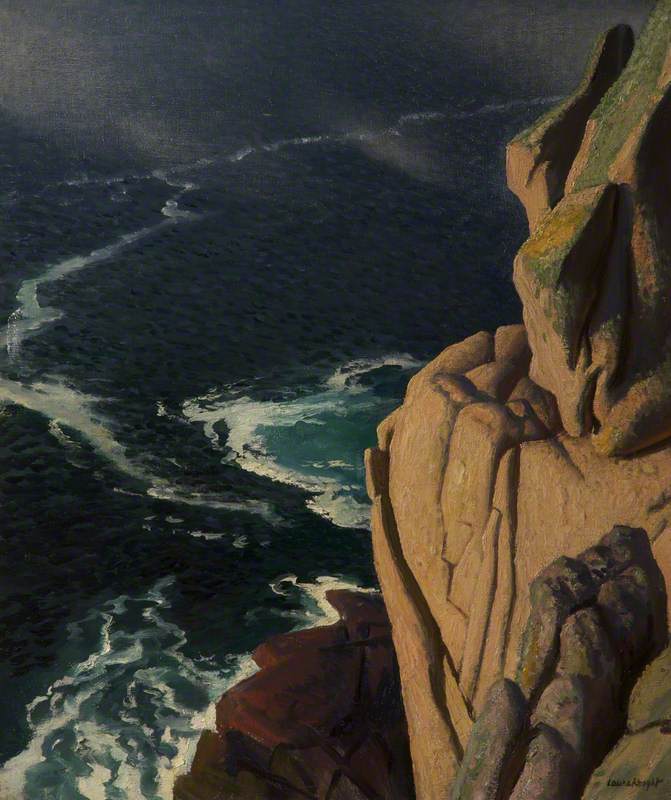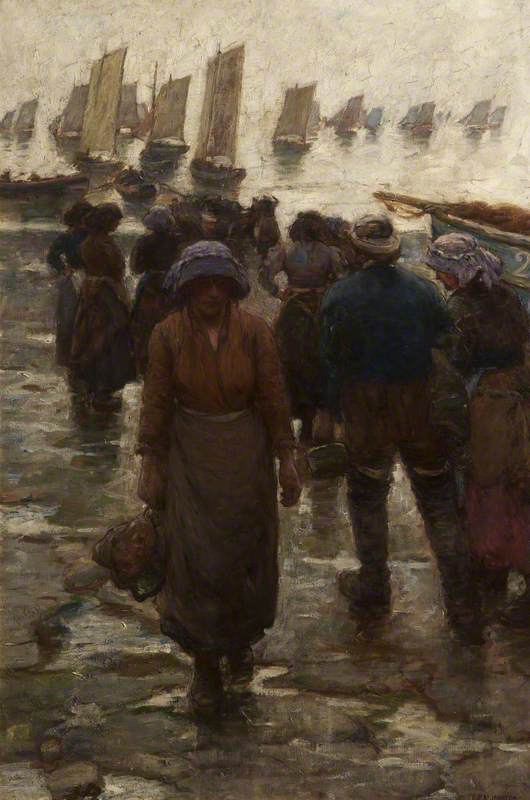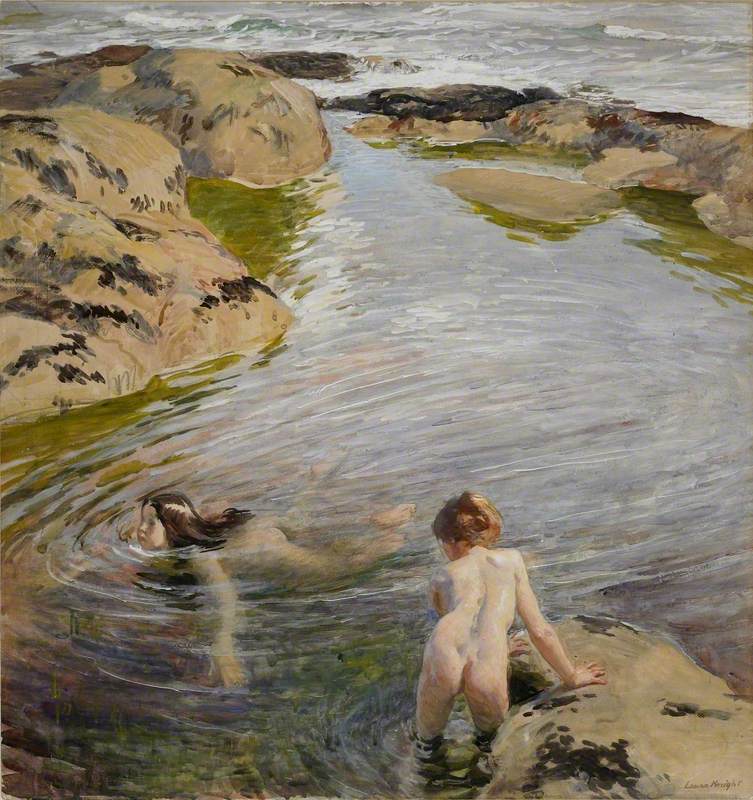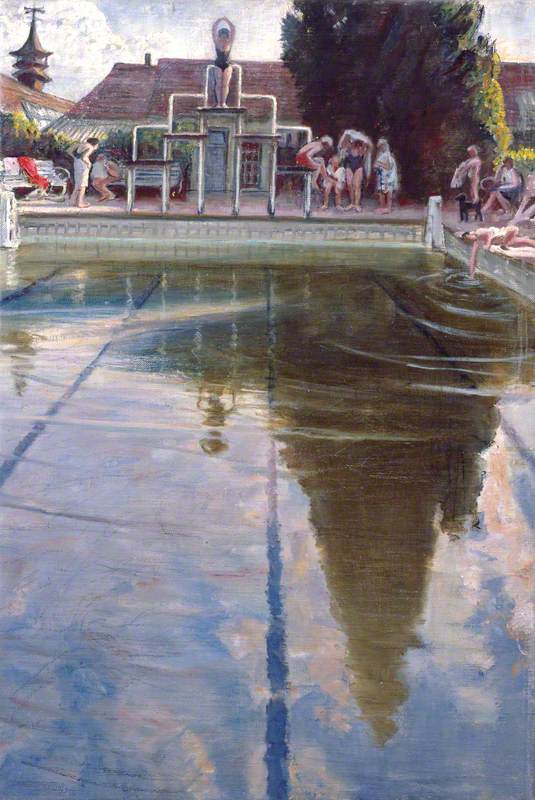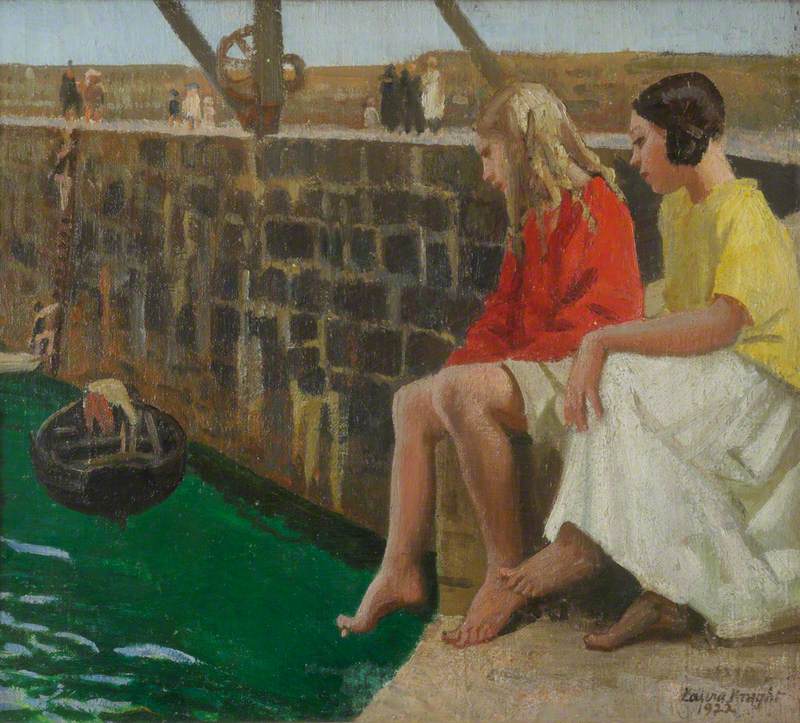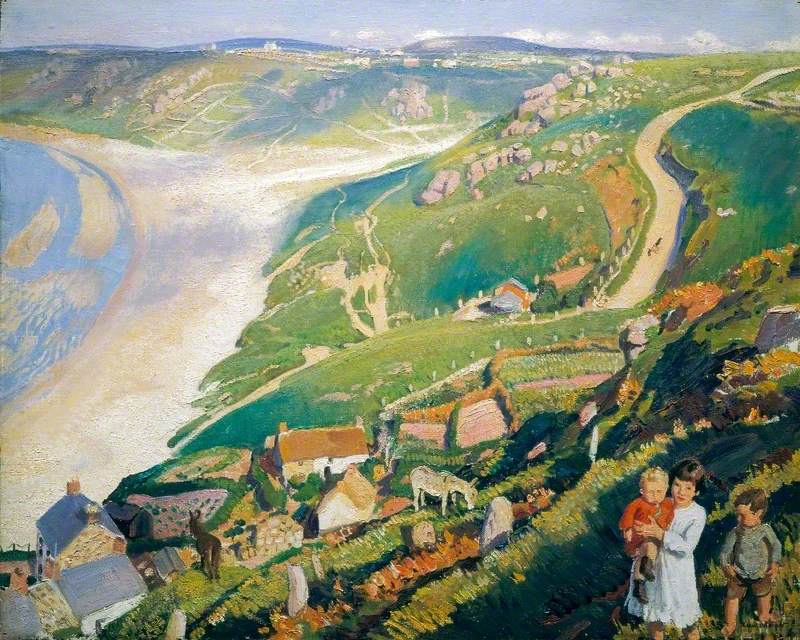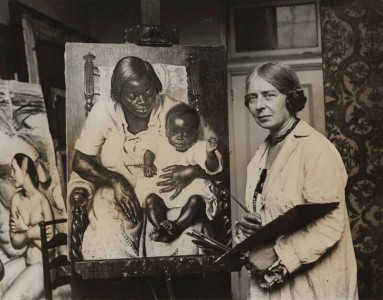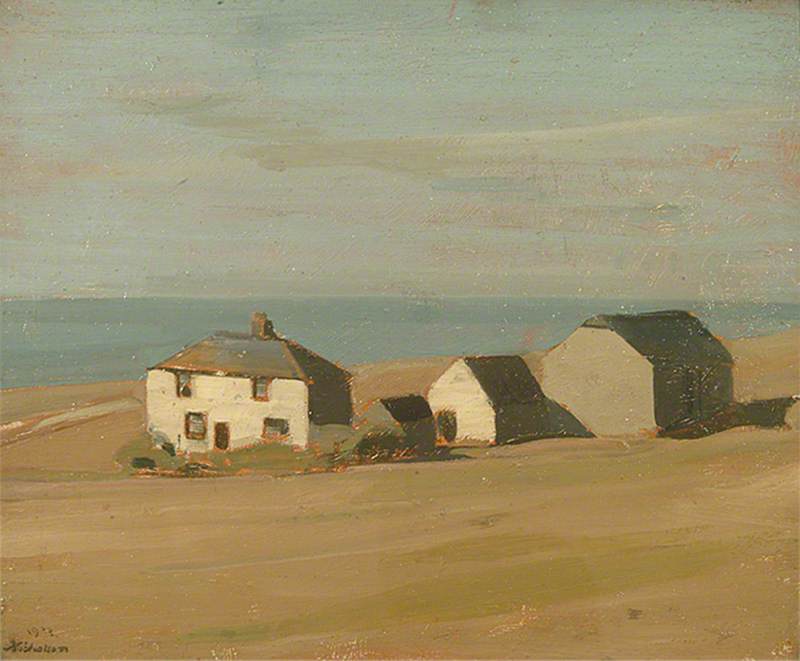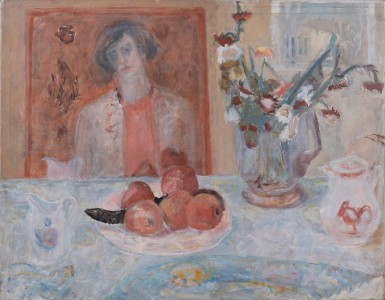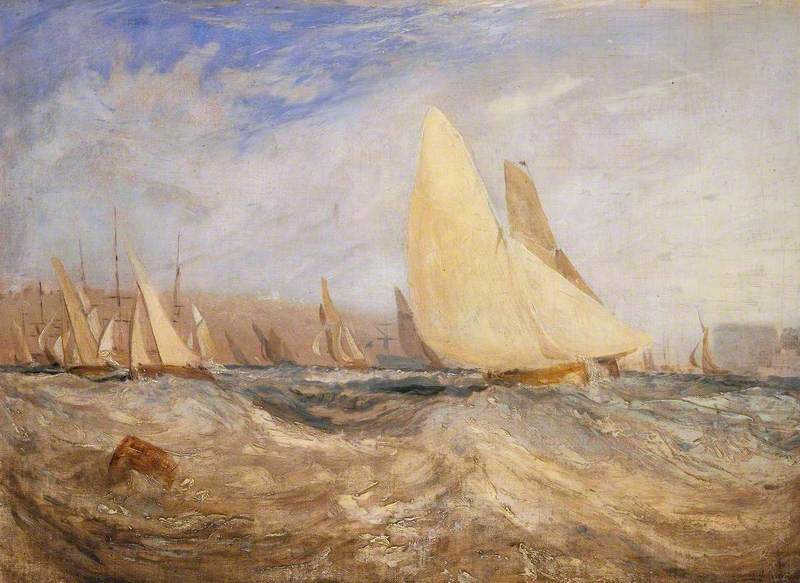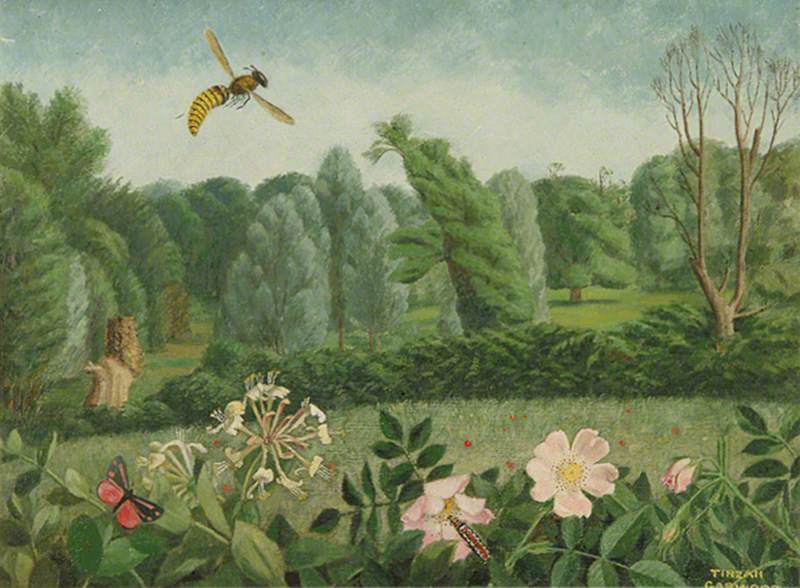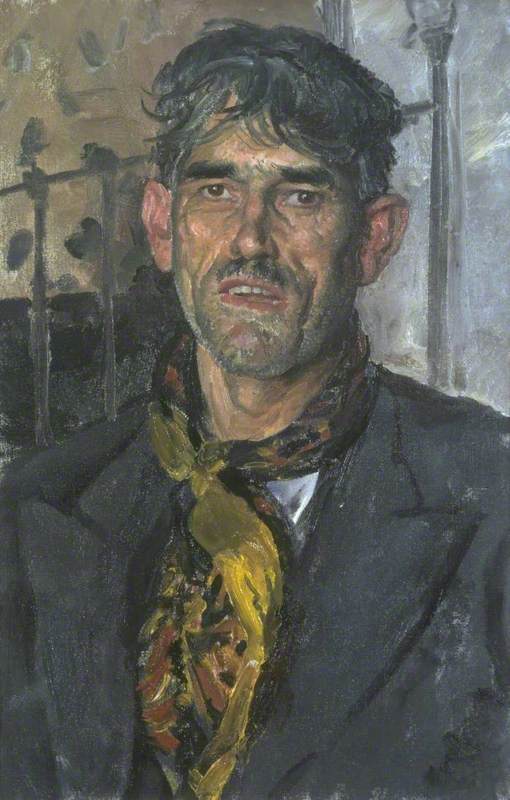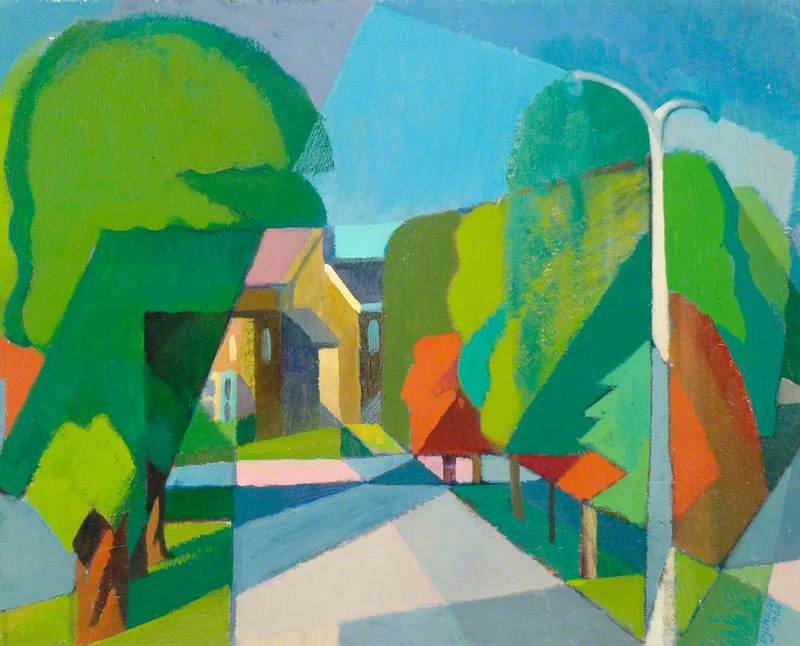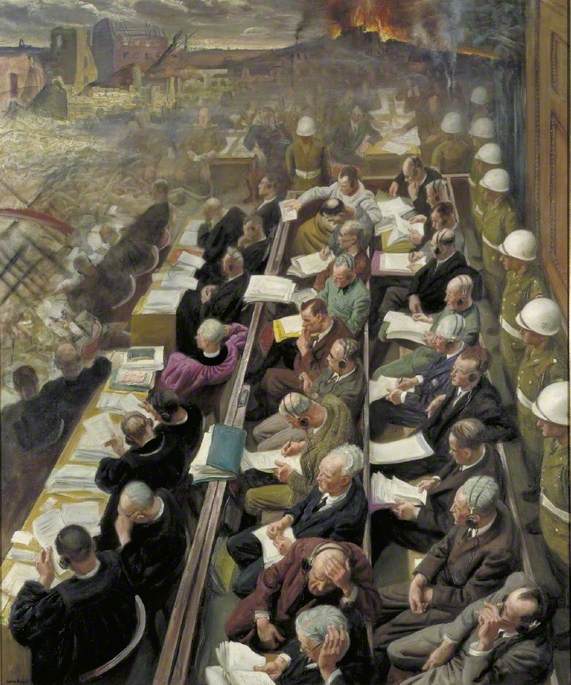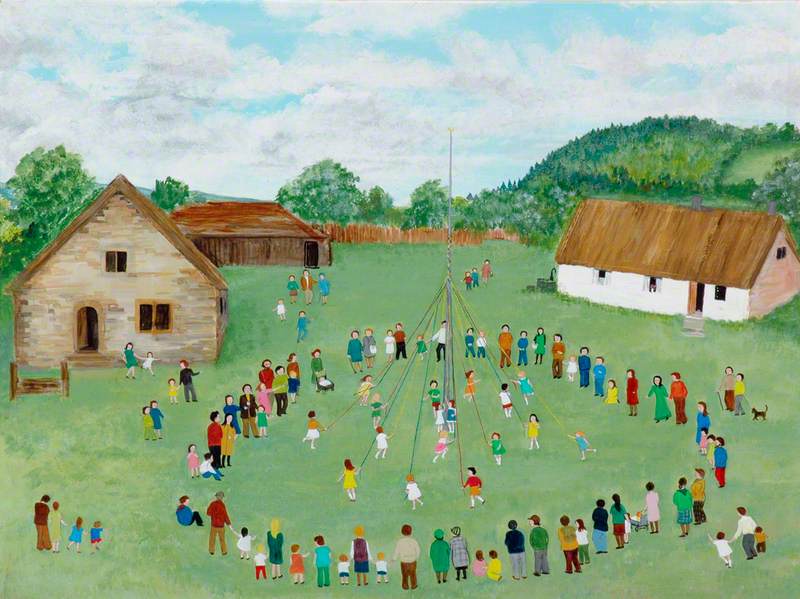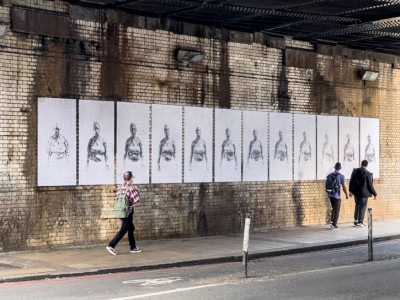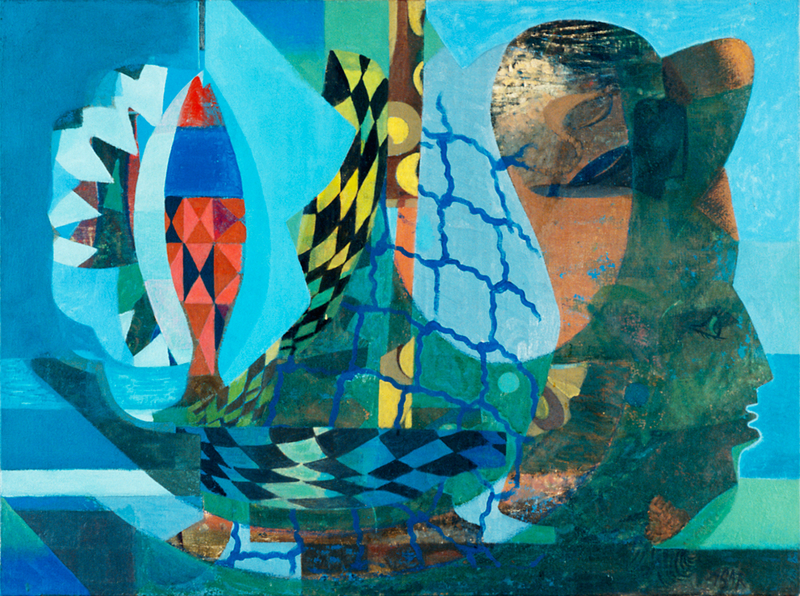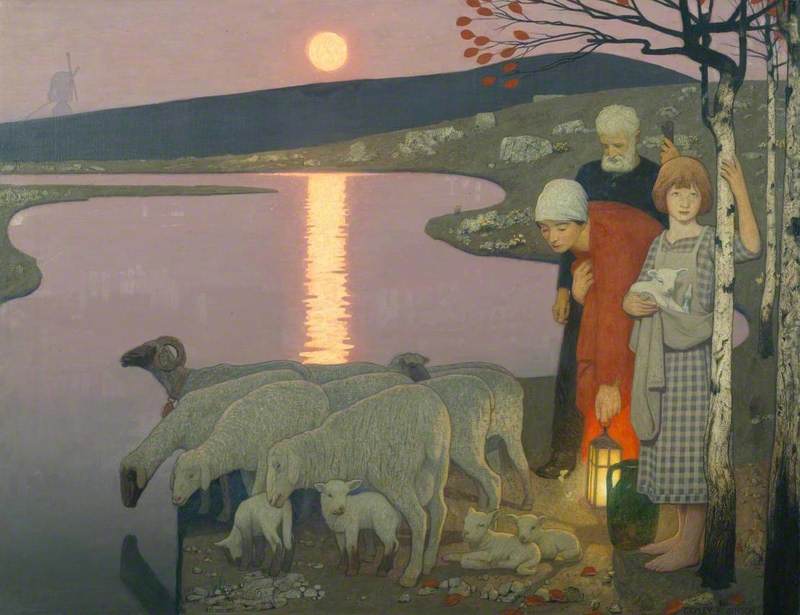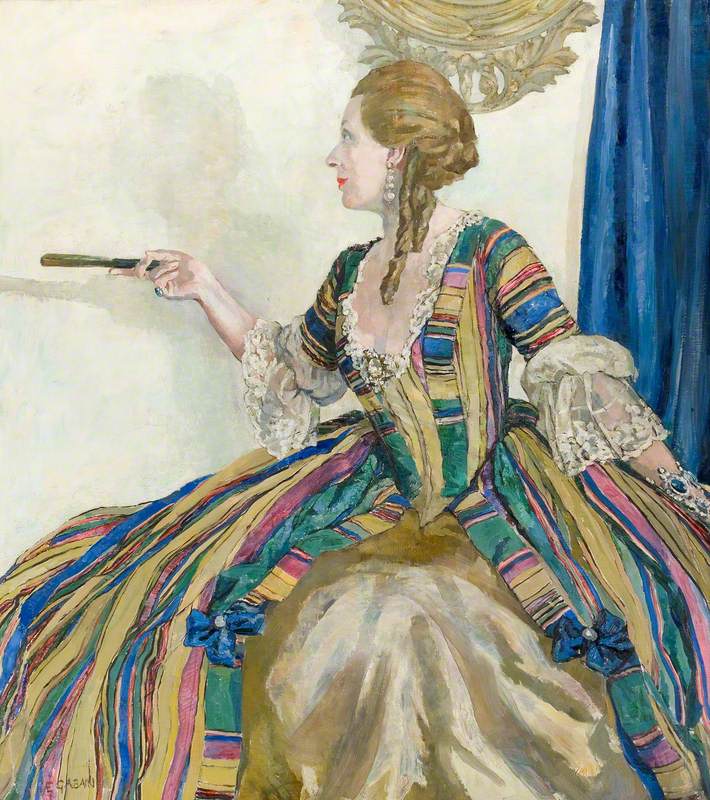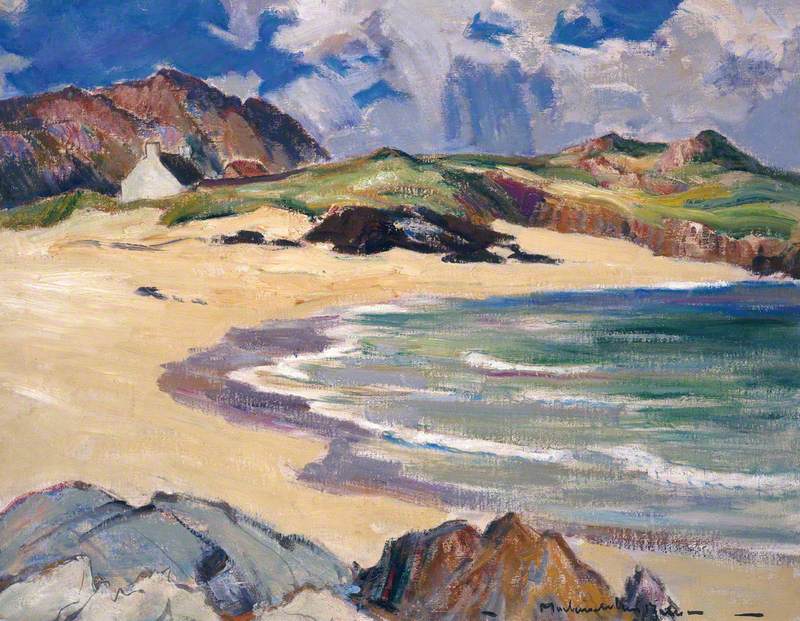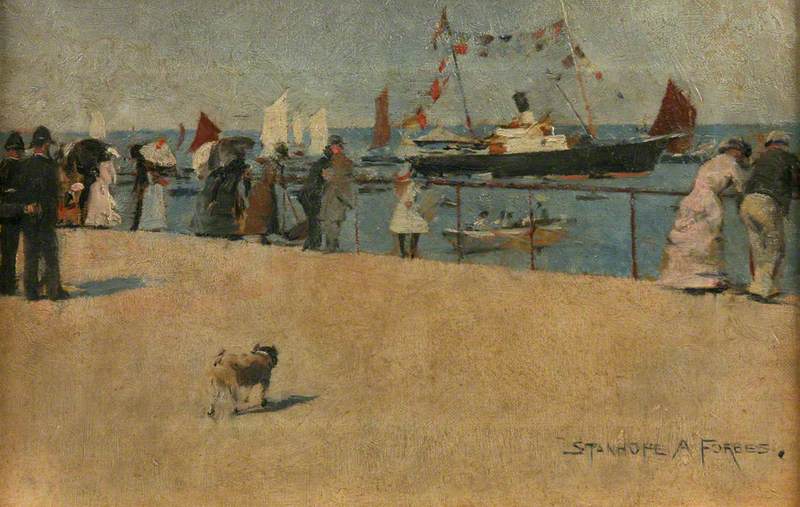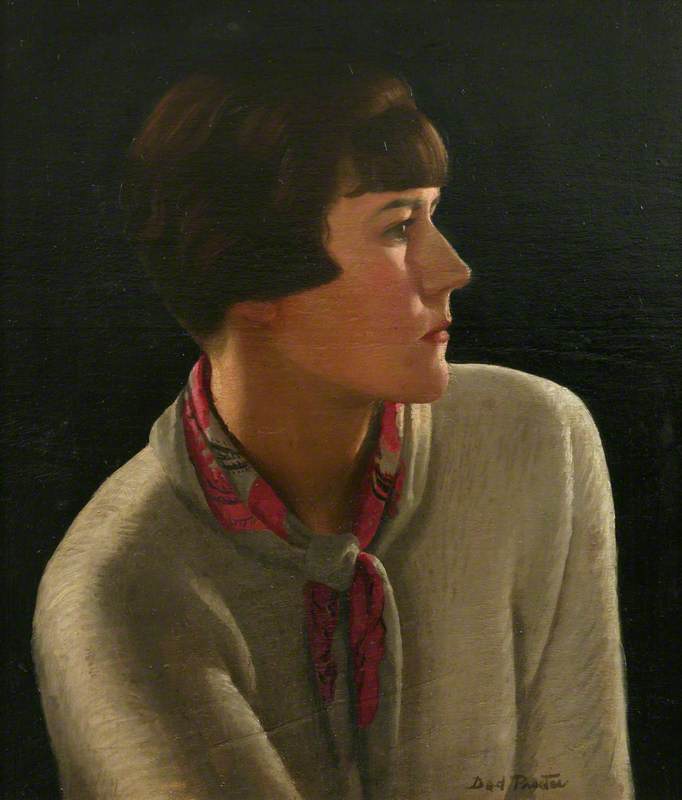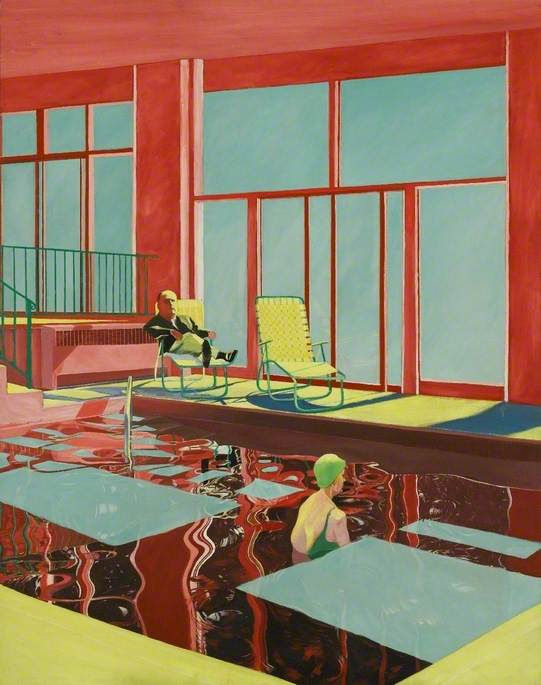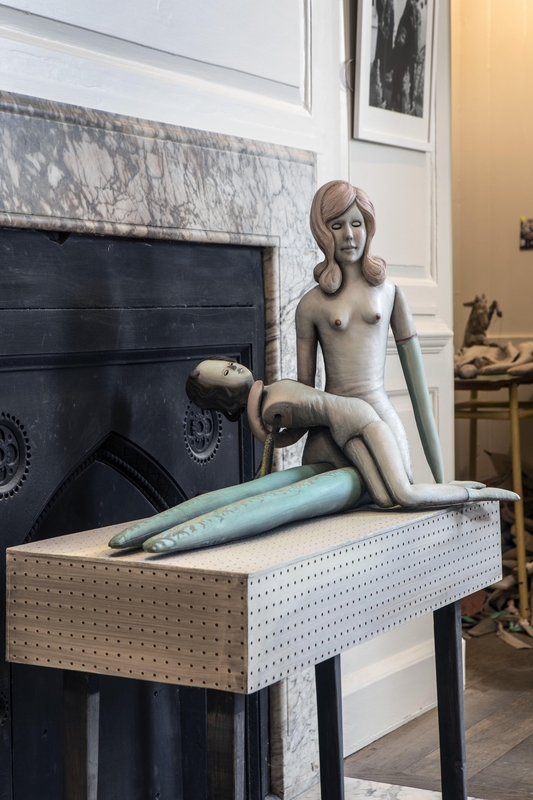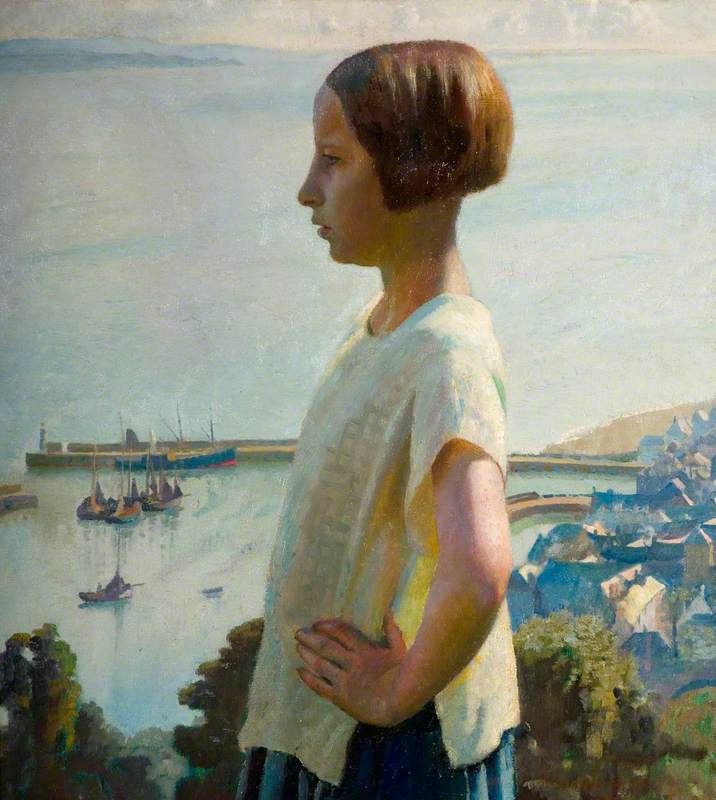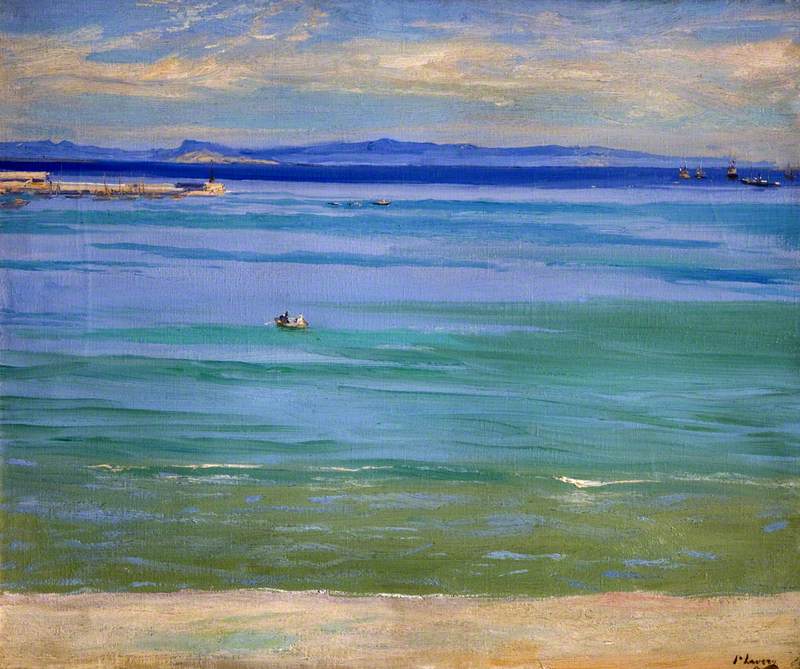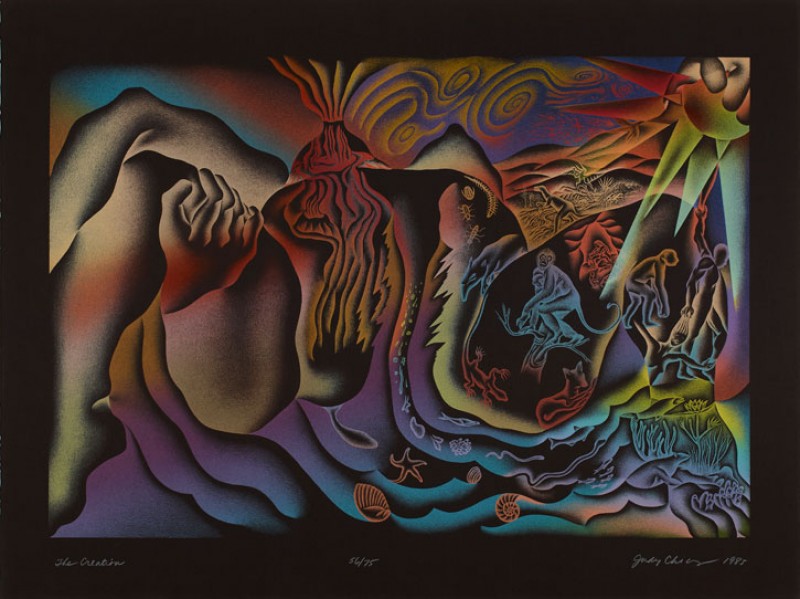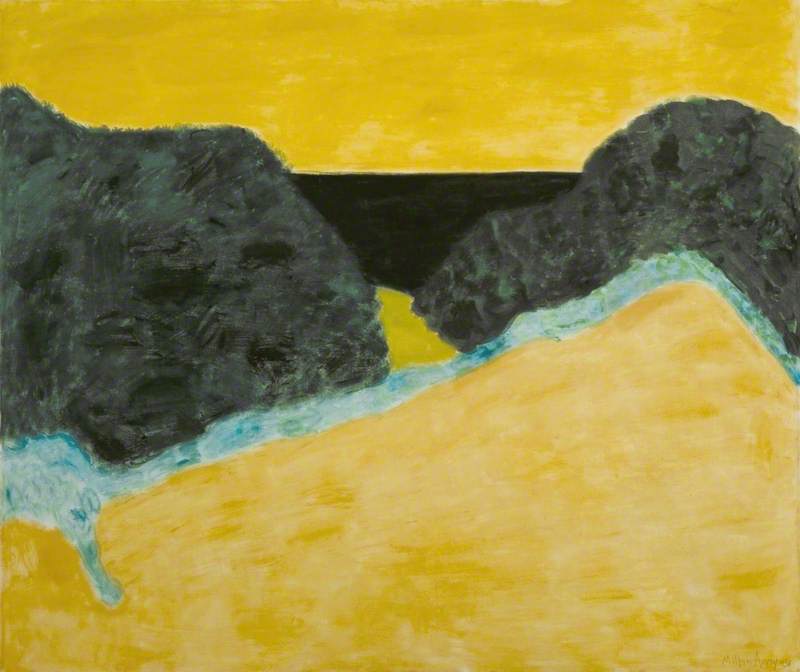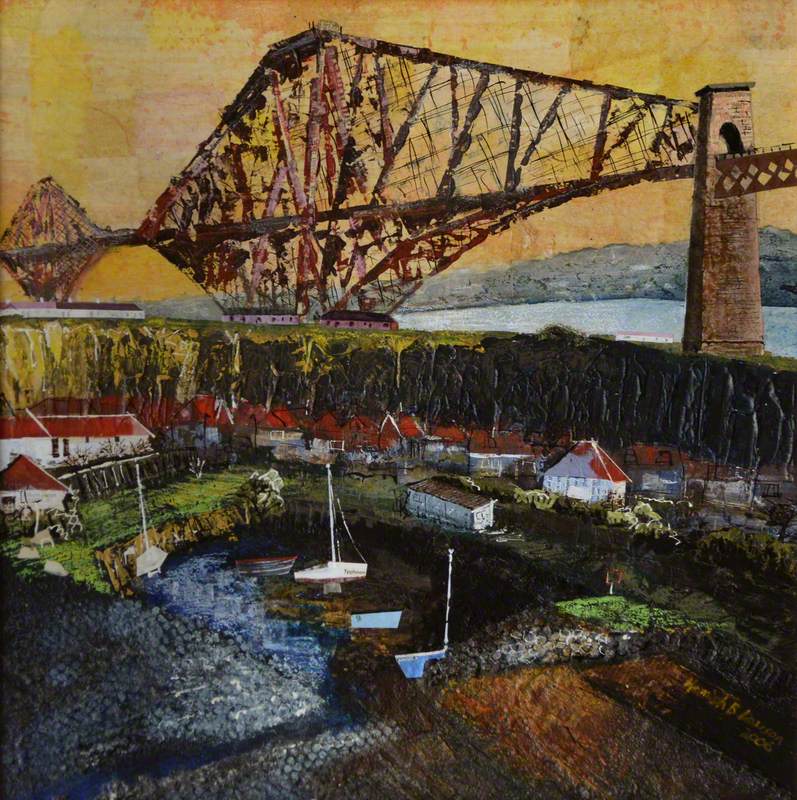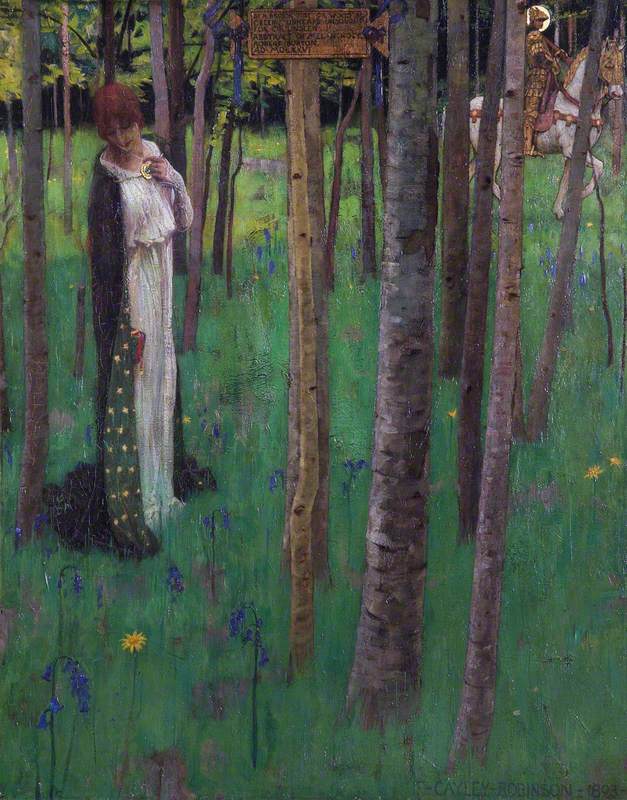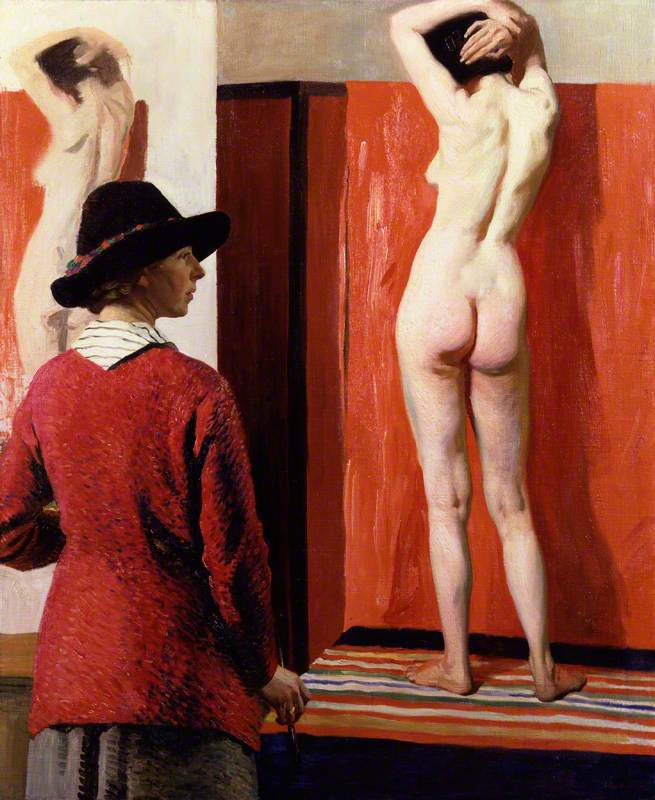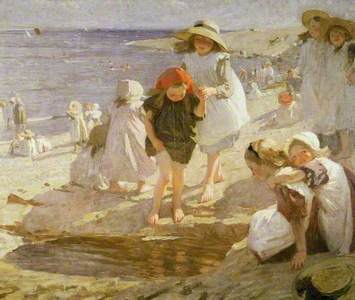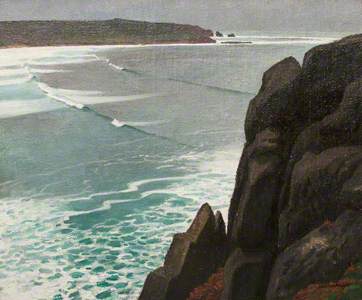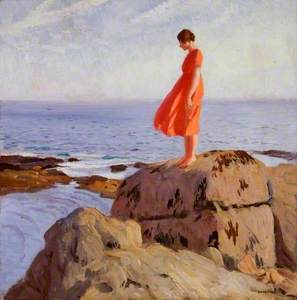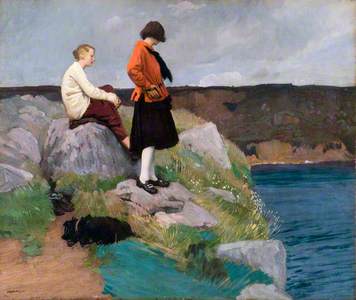When considering which artist has best reflected an expression of British summertime, the work of Laura Knight would undoubtedly come to mind.
Her early twentieth-century paintings focusing on the Cornish coastline have continued to enthral generations of art lovers with their impressions of sun-lit beaches and clifftop views. Whether conveying a sense of joyful play or, conversely, the serenity of a retreat by the sea, Knight's artworks capture an enduring fascination with the summer shores encompassing this island nation.
Despite her later enchantment with dramatic coves and coastal panoramas, Knight began life in the landlocked county of Derbyshire. It was only after her marriage to fellow artist Harold Knight that the painter settled by the sea. The couple first moved to Staithes, a North Yorkshire fishing village and were married in 1903. Here Knight focused on improving her artistic skills, often depicting local figures rather than attempting landscapes.
In 1907, life changed for the Knights. A visit to Newlyn in Cornwall impressed the pair as they noted all the differences from their Yorkshire home. Here the natural light was dramatically improved for a painter and a milder climate created a pleasant atmosphere for working on canvas outdoors. The sunlit summer sea itself also came to life for the artists. While Staithes had represented the survival of a hard-working community, the Cornish coast symbolised a relaxed sanctuary.
The area was also home to an established colony of fellow artists known as The Newlyn School, with painters drawn to the location for much the same reasons as the Knights. Artists such as Walter Langley and Stanhope Forbes first settled in the district as early as the 1880s. Some had experienced working in Northern France and found Newlyn enabled similar natural conditions for painting. For these newcomers, the area also offered the possibility of forming a community of artists. After her arrival, Knight not only began painting in earnest, including on the land itself, but also became happily involved in the social circle within this new artistic scene.
While Newlyn, like Staithes, was a village dependent on fishing, the local area, including nearby Penzance, was by this period already a bustling holiday destination. The summer shorelines would always be crowded with visitors. One of Knight's first paintings created in the era was aptly entitled The Beach. This large work in oils captured the seasonally busy coast, focusing on a group of young girl holidaymakers in the typical white pinafore-style dresses and straw sunhats of the age. The painting, reflecting the childhood delights of a sunny day by the sea, was exhibited at the Royal Academy in 1909 and was well received.
In the Sun, Newlyn
c.1909, oil on canvas by Laura Knight (1877–1970) 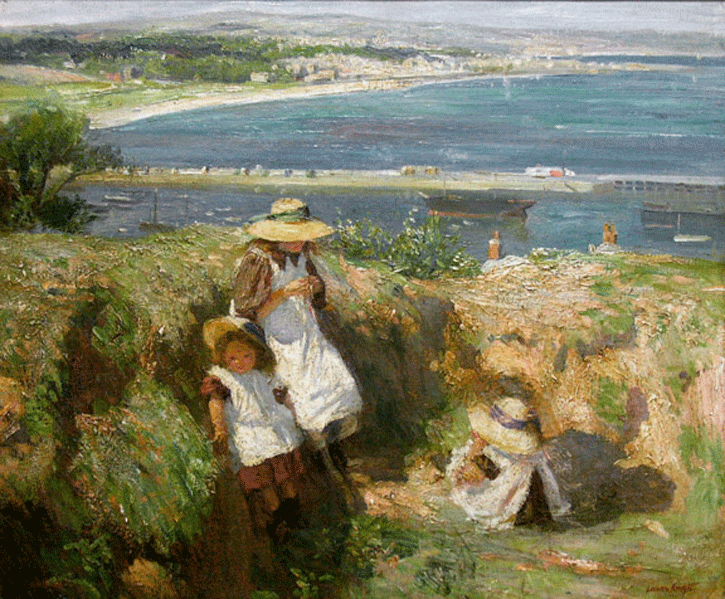
Buoyed by the success of this early work, Knight continued to work in a similar vein, with paintings such as In the Sun, Newlyn reflecting three young girls in sand dunes basking in sunlight, with a sweeping coastline in the background. These early Modernist works may be classed as examples of English Impressionism, typically reflecting an everyday scene created with 'quick' brushstrokes and with attention paid to the effects of light and shade.
Such techniques enable an impression of the warmth and gentle movement of a summer's day, or the playful pleasures of taking a dip in tepid rock pools, as seen in paintings such as Children Swimming and Bathing, for example.
To reflect the natural beauty of the Cornish coast, Knight would often carry her heavy painting equipment over difficult ground to find the perfect spot for directly capturing the view. The dramatic cliff tops along the coast proved to be especially fascinating to the artist and much of her work was created from such viewpoints.
'Logan's Rock, Cornwall', Laura Knight, oil on canvas, 1916. pic.twitter.com/hFnrt1hFEw
— Henry Rothwell (@HenryRothwell) August 27, 2021
Her resulting seascapes capturing the wild charm of the land cascading into the summer tides, such as her paintings Logan's Rock, Cornwall and her later Sea and Rocks, naturally benefited from such close attention.
While creating work on nature, Knight also became particularly known for her frequent focus on female subjects. Her painting The Pool No. 2 for example, focuses on a group of women by a swimming pool, with a female figure about to dive in from a high board.
Perhaps some of her most well-known artworks feature women in various poses on the sunny clifftops, harboursides and rocky shores in the vicinity of the painter's Newlyn and later Lamorna home.
An example of such paintings include Two Girls by a Jetty, reflecting barefoot young women sitting by a harbour. Knight's realist work is carefully composed to emphasise a relaxed summer atmosphere through both the posture and partly undressed state of her foregrounded subjects and the promenading holidaymakers in the background, next to a gently bobbing green sea.
The painter, however, would also create work that contrasted the idea of a peaceful retreat with the drama of the Cornish coast. A Dark Pool is a work which shows a single female subject looking down from a rocky shore to the sea below. The movement of the elements, of wind and tides, is suggested by her billowing skirt. There is a mood of isolation and sadness in the work, yet Knight also depicted her subject as barefoot, connecting the figure to the powerful natural environment and noticeably present in her bright orange attire and high position.
Works in a similar style and theme include Two Girls on a Cliff and At the Edge of a Cliff. Both painting feature female subjects positioned and looking down towards the sea.
Two Girls on a Cliff (Cornwall), c.1920 by Laura Knight #WomensArt pic.twitter.com/Gbz84tmMaN
— #WOMENSART (@womensart1) September 26, 2021
The latter work reflects a figure standing hands on hips observing the rocky outcrop and waves below. The fashionable young woman in a striped skirt and white top is depicted with a confident stance despite her high position. In the former work, two seemingly perilously placed women, on a cliff edge above a somewhat turbulent sea, are portrayed in relaxed positions, lying and sitting among the elements. Knight often utilised London models for her work, in carefully arranged compositions, even daringly painting female nudes on the cliffs on occasions.
Laura Knight "At the Edge of the Cliff" pic.twitter.com/HF60ZW6Qz3
— marysocontrary (@so_contrary) November 3, 2020
While depicting summer days on the blustering English coastline, it is impossible to ignore the context in which Knight was creating her work. Her early paintings featuring child subjects were composed in an age in which the importance of play was becoming more recognised, while the seaside itself represented a healthy escape from the smog of industrialised city life.
Knight's focus on lone women looking out to sea could also reflect a time when many men were absent and overseas due to the outbreak of the First World War in 1914. This was an age when the sunshine of Cornwall represented a significant refuge from the horrors of the conflict – after all, Knight's husband was a conscientious objector.
Knight's work in Cornwall ended in 1919 when the couple moved to London. However, her work in the county has continued to be celebrated for its timeless reflections of summers on the coast. Her reflections of natural land formations and seascapes, in turn, still convey the pleasure of escaping the everyday bustle of urban life into the sublimity of nature. Enduring expressions of a carefree British summertime by the sea, are, in fact, an essential component of Knight's impressive legacy.
P. L. Henderson, art historian, curator of @womensart1 and author of Unravelling Women's Art (Aurora Metro, 2021)
